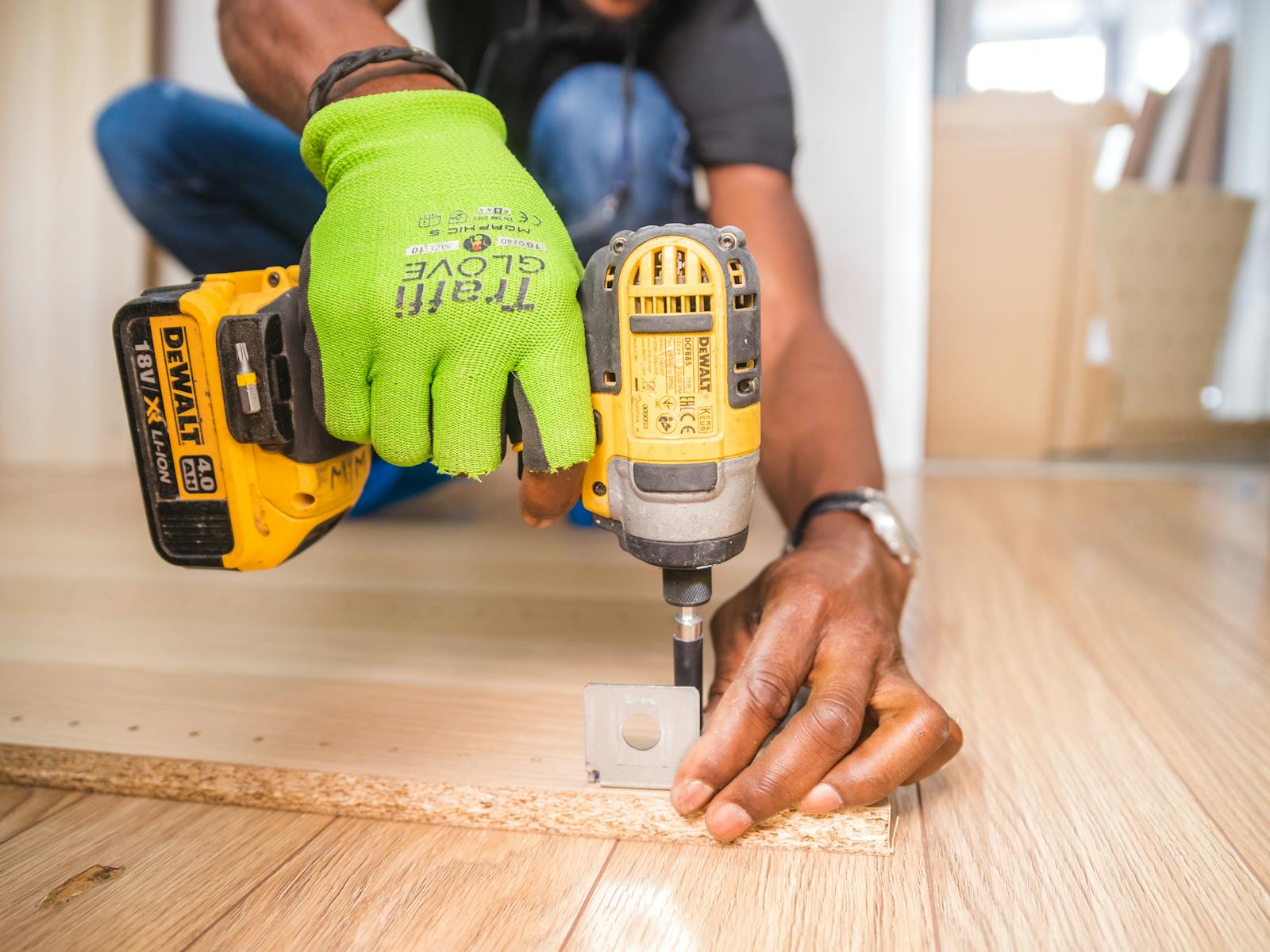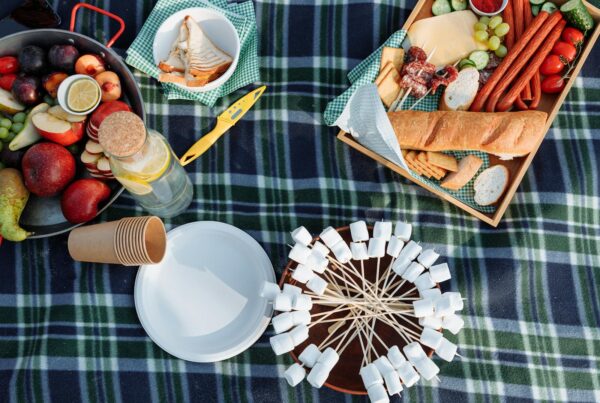Bank holidays offer a perfect chance to spruce up your home without breaking the bank. With a few days off work, you can tackle those DIY projects you’ve been putting off.
Table of Contents
Simple home improvements can transform your living space and boost your property’s value.
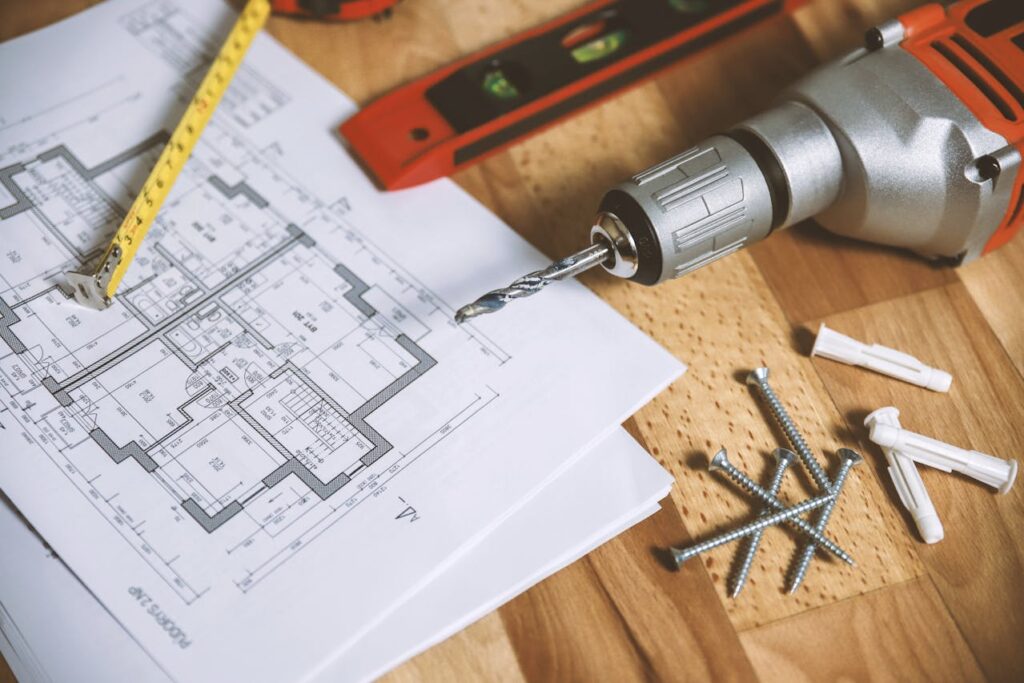
Many projects are easy to complete in a weekend. A fresh coat of paint can brighten any room.
Updating cabinet hardware or light fixtures can give your kitchen or bathroom a new look. Even small changes like rearranging furniture or adding new cushions can make a big difference.
Outdoor projects are great for bank holidays too. Planting flowers, painting fences, or creating a small vegetable patch can enhance your garden. These projects not only improve your home but also provide a sense of accomplishment and pride in your living space.
Key Takeaways
- Bank holidays provide ideal time for quick home improvements
- Simple DIY projects can refresh your living space and increase property value
- Both indoor and outdoor projects can be completed over a long weekend
Assessing Your Space and Planning
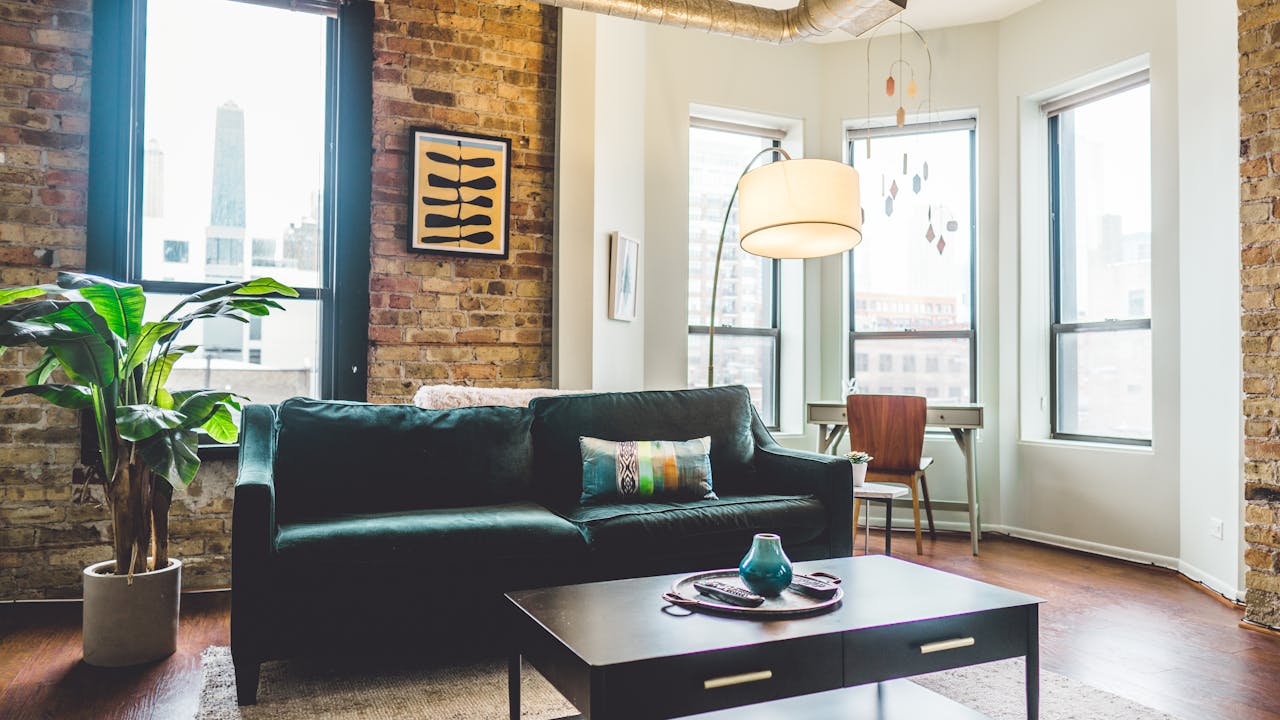
Before starting any DIY project, it’s crucial to evaluate your home and make a solid plan. This will help you choose the right tasks, gather materials, and work safely.
Identifying Quick Wins
Look around your home for easy improvements that can make a big impact. Check for small repairs like loose doorknobs, squeaky hinges, or dripping taps. These fixes often need just a few tools and a bit of time.
Paint touch-ups can freshen up a room quickly. Spot the areas that need attention, like scuff marks or faded patches. A small tin of paint and a brush might be all you need.
Don’t forget about decluttering. Clear out one cupboard or drawer at a time. This can make your space feel new without any major work.
Gathering Inspiration and Ideas
Browse home design magazines for project ideas. Cut out pictures you like and make a mood board. This helps you visualise your goals.
Look online for DIY blogs and videos. They often show step-by-step guides for various projects. Save links to the ones you want to try.
Visit a local DIY shop. Look at their displays for ideas. Talk to staff about your plans. They might suggest tools or materials you hadn’t thought of.
Ask friends about their recent home improvements. They might share tips or warn you about common mistakes.
Safety Considerations and Preparations
Check your tools before you start. Make sure they’re in good condition and right for the job. Replace any worn or damaged items.
Wear proper safety gear. This includes:
- Safety goggles
- Dust masks
- Work gloves
- Sturdy shoes
Clear your work area of furniture and valuables. Cover floors and surfaces to protect them from spills or damage.
Know your limits. Don’t take on jobs that need expert skills. For electrical or plumbing work, it’s best to call a pro.
Have a first aid kit handy. Make sure you know where it is and how to use it.
Materials and Tools Checklist
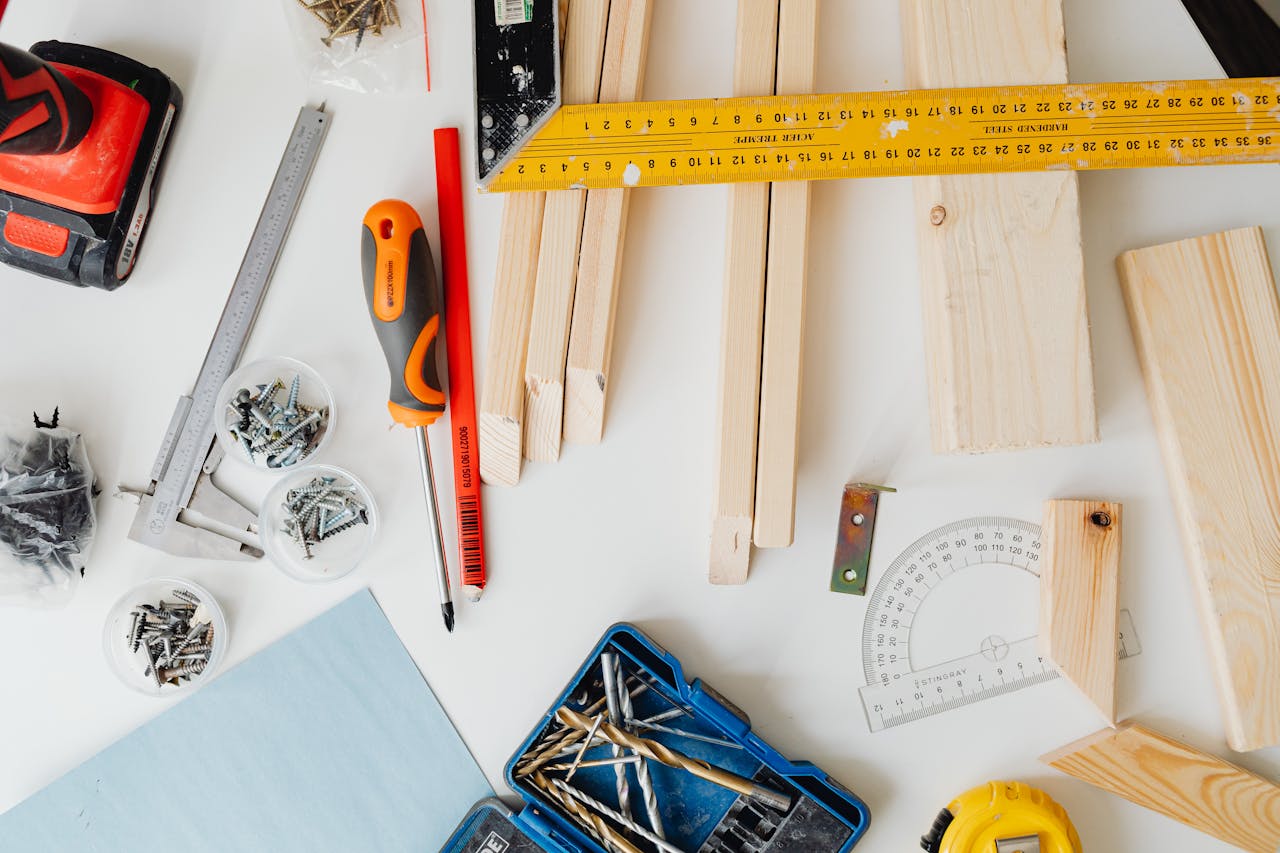
A well-stocked toolkit and the right materials are essential for successful DIY projects. Proper preparation ensures you have everything needed to complete your home improvements smoothly.
Basic DIY Toolkit
Every DIYer should have a core set of tools on hand. These basics will help tackle most home improvement tasks:
• Hammer
• Screwdriver set (flathead and Phillips)
• Pliers
• Adjustable spanner
• Measuring tape
• Spirit level
• Utility knife
• Safety goggles and work gloves
For more advanced projects, consider adding:
• Power drill with assorted bits
• Circular saw
• Sander
• Paint rollers and brushes
Keep your tools organised in a sturdy toolbox for easy access and transport around the house.
Material Selection for Different Projects
Choosing the right materials is crucial for a polished finish. Here are some common items for various projects:
Painting:
• Paint (interior or exterior)
• Primer
• Paintbrushes and rollers
• Drop cloths
• Painter’s tape
Minor repairs:
• Wood filler
• Spackle
• Sandpaper
• Nails and screws
Gardening:
• Compost or potting soil
• Plants or seeds
• Garden tools (trowel, pruning shears)
• Mulch
Always measure spaces and calculate quantities before buying materials. It’s better to have a bit extra than to run short mid-project.
Painting and Decorating

A fresh coat of paint or new wallpaper can transform a room. These projects are perfect for a bank holiday weekend and can be done with basic tools and skills.
Choosing Paints and Wallpapers
Pick colours that match your style and the room’s purpose. For a calming bedroom, try soft blues or greens. Bright colours work well in kitchens and living rooms.
Test paint samples on the wall before buying. Look at them in different lights throughout the day. This helps avoid costly mistakes.
Wallpaper comes in many patterns and textures. Vinyl wallpaper is easy to clean and great for bathrooms. Textured wallpaper can hide wall flaws. Measure your walls carefully to buy the right amount.
Techniques for a Professional Finish
Prep is key for a smooth paint job. Clean walls with sugar soap and fill any holes. Use masking tape to protect edges and skirting boards.
Start with a primer coat for even coverage. Paint the ceiling first, then walls. Use a roller for large areas and a brush for edges and corners.
When wallpapering, start in the middle of a wall and work outwards. Smooth out air bubbles as you go. Match patterns carefully at the seams.
Accent Features and Colour Schemes
Create a feature wall with bold wallpaper or a bright paint colour. This adds interest without overwhelming the room.
Use the 60-30-10 rule for colour schemes. 60% of the room should be a main colour, 30% a secondary colour, and 10% an accent colour.
Paint skirting boards and door frames in a contrasting shade for a polished look. White is classic, but dark colours can be striking.
Try stencils or wall decals for easy, removable designs. These are great for kids’ rooms or rental properties.
Garden and Outdoor Improvements
Sprucing up your outdoor space can make a big impact. With a bit of effort, you can transform your garden into a relaxing oasis or functional area for entertaining guests.
Decking and Patio Ideas
A well-designed deck or patio can extend your living space outdoors. For a quick weekend project, consider laying interlocking deck tiles over an existing concrete slab. These snap together easily and don’t require special tools.
Another option is to create a gravel patio. Mark out the area, remove grass and weeds, then add landscape fabric to prevent regrowth. Pour gravel over the fabric and rake it smooth.
To refresh an existing patio, give it a thorough clean with a pressure washer. Fill any cracks with masonry caulk. For a pop of colour, paint the surface with masonry paint in a cheerful hue.
Creating a Herb Garden
A small herb garden adds flavour to your cooking and lovely scents to your outdoor space. Choose a sunny spot near your kitchen for easy access when cooking.
Start by preparing the soil. Mix in compost to improve drainage. Plant common herbs like basil, parsley, and mint in containers to control their growth. Rosemary and thyme work well in garden beds.
Water your herbs regularly, especially during dry spells. Prune them often to encourage bushy growth. Harvest leaves in the morning for the best flavour.
Outdoor Lighting Solutions
Good lighting can transform your garden after dark. Solar-powered stake lights are an easy, eco-friendly option. Place them along paths or borders to create a welcoming glow.
String lights add a festive touch. Hang them from trees, fences, or pergolas. Choose weatherproof options designed for outdoor use.
For a cosy atmosphere, use lanterns with LED candles. Place them on tables or hang them from shepherd’s hooks. Battery-operated versions offer flexibility without the need for wiring.
Upcycling Furniture and Fixtures
Breathing new life into old furniture and fixtures is a rewarding DIY project. It saves money and reduces waste while adding unique charm to your home. Let’s explore some creative ways to transform outdated pieces.
Reimagining Old Furniture
Start by sanding the piece to remove old paint or varnish. Fill any holes or cracks with wood filler. Prime the surface before painting with chalk paint for a matte finish. Add new knobs or handles for a fresh look.
Try decoupage to give plain items a decorative makeover. Cut out images from wrapping paper or magazines. Glue them onto the furniture and seal with varnish.
Transform an old dresser into a stylish TV stand. Remove the top drawers and add shelves for media devices. Paint it to match your décor.
Turn wooden crates into quirky shelving units. Sand, paint, and stack them to create a unique bookcase or storage solution.
Restoration Techniques
Clean metal fixtures with a mixture of baking soda and water. Scrub gently to remove rust and grime. Rinse and dry thoroughly.
For wooden items, use a mixture of olive oil and vinegar to revive dry, scratched surfaces. Apply with a soft cloth and buff to a shine.
Fix loose chair legs by removing old glue and reapplying wood glue. Clamp the legs in place until the glue dries completely.
Refresh faded upholstery with fabric dye. Choose a colour that complements your room. Follow the product instructions carefully for best results.
Replace broken glass in picture frames with mirror pieces or decorative fabric. Use a staple gun to secure fabric tightly at the back of the frame.
Storage Solutions
Clever storage ideas can transform cluttered spaces and make your home feel more organised. These simple projects help maximise space and create custom storage solutions.
Maximising Space in Small Areas
Look for unused nooks to add storage. Install corner shelves in empty wall spaces. Use the area under stairs for built-in drawers or cupboards. Add slim rolling carts between appliances in the kitchen.
Utilise vertical space with tall, narrow shelving units. Hang hooks on the backs of doors for coats and bags. Install towel bars on cabinet doors to hang tea towels or pot lids.
Consider multi-functional furniture like ottomans with hidden storage inside. Use bed risers to create more space underneath for boxes or bins.
DIY Shelving and Hanging Systems
Build basic floating shelves using brackets and wood planks. Paint or stain to match your decor. For a rustic look, mount reclaimed wood planks on metal pipes.
Create a pegboard organiser for tools or craft supplies. Paint the pegboard and add hooks to hang items.
Make a hanging shoe organiser using fabric pockets sewn onto a canvas backing. Hang it on the back of a wardrobe door.
Install tension rods in cupboards to hang cleaning supplies or create extra shelf space. Use S-hooks on the rods to hang items.
Soft Furnishings and Decor
Updating soft furnishings and decor can transform a room quickly and affordably. These simple projects add a personal touch to your home without breaking the bank.
Simple Sewing Projects
Create custom cushion covers to refresh your sofa or bed. Choose fabrics that match your style and cut them to size, adding 1 cm for seam allowance. Sew three sides, turn inside out, insert the cushion, and stitch the final side closed.
No-sew curtain tiebacks are another easy project. Cut strips of fabric about 50 cm long and 10 cm wide. Fold in half lengthwise, iron, and use fabric glue to seal the edges. Wrap around curtains and secure with decorative pins or buttons.
Make a cosy draught excluder for doors. Cut a long tube of fabric, fill with rice or dried beans, and sew the ends shut. Add ribbon ties to keep it in place.
Handmade Decorative Touches
Craft a unique wall hanging using a wooden dowel, yarn, and beads. Tie different lengths of yarn to the dowel, add beads, and trim the ends for a boho-inspired look.
Create custom artwork by framing fabric swatches or wallpaper samples. Choose coordinating patterns and mount them in inexpensive frames for an instant gallery wall.
Paint plain terracotta pots with acrylic paint for colourful planters. Add patterns with stencils or freehand designs. Seal with clear varnish for durability.
Make scented sachets for drawers and wardrobes. Cut small fabric squares, fill with dried lavender or your favourite herbs, and tie with ribbon.
Energy Efficiency Upgrades
Boosting your home’s energy efficiency can save money and reduce environmental impact. These simple projects can make a big difference to your energy usage and comfort levels.
Insulation and Draught-Proofing
Start by checking your loft insulation. If it’s less than 270mm thick, top it up with additional layers.
Roll out insulation between joists, taking care not to compress it. Wear gloves and a dust mask for safety.
Next, tackle draughts around windows and doors. Use self-adhesive foam strips for gaps between frames and moving parts. For gaps between frames and walls, apply a flexible sealant.
Don’t forget letterboxes and keyholes. Fit brush strips to letterboxes and keyhole covers to front doors. These small changes can significantly reduce heat loss.
Installing Smart Home Devices
Smart thermostats are a great first step. They learn your habits and adjust heating automatically. Many can be controlled via smartphone apps, allowing remote adjustments.
Smart plugs are another easy upgrade. Plug them into existing sockets to control appliances remotely or set schedules. This helps reduce standby power consumption.
Consider smart lighting too. LED bulbs with built-in Wi-Fi can be dimmed or turned off from your phone. Some can even change colour to suit your mood or time of day.
Frequently Asked Questions

Bank holiday DIY projects can be exciting and rewarding. Here are some common questions about home improvements during long weekends, with helpful tips and advice.
What are some affordable home improvement projects for a long weekend?
Affordable projects include painting a room, installing new light fixtures, and updating cabinet hardware.
Planting a small garden or building raised beds can spruce up outdoor spaces. Organising closets or creating a gallery wall are budget-friendly indoor options.
Where can I find detailed guides for DIY projects suitable for beginners?
Many websites offer step-by-step guides for novice DIYers.
Home improvement stores often have free project plans and tutorials. YouTube is a great resource for video demonstrations. Local libraries may have books on basic home repair and renovation.
Could you suggest eco-friendly materials for bank holiday DIY endeavours?
Eco-friendly options include low-VOC paints, reclaimed wood, and bamboo flooring.
Natural fibres like jute or sisal work well for rugs and textiles. Cork is a sustainable choice for flooring or wall tiles. LED bulbs are energy-efficient for lighting projects.
How should I prioritise tasks for a short-term home renovation project?
Start with tasks that have the biggest impact, like painting or decluttering.
Focus on one room at a time to avoid feeling overwhelmed. Tackle essential repairs before cosmetic changes. Make a list and estimate time for each task to stay organised.
What safety precautions are recommended for undertaking DIY home improvements?
Wear proper safety gear like goggles, gloves, and dust masks.
Ensure good ventilation when using paints or chemicals. Turn off electricity when working on electrical projects. Use sturdy ladders and have someone nearby when working at heights.
Can you list essential tools and supplies needed for basic DIY renovations?
Key tools include a hammer, screwdrivers, pliers, and a drill. Measuring tape, level, and utility knife are crucial.
Paint rollers, brushes, and drop cloths are needed for painting jobs. A basic tool kit, sandpaper, and wood filler are handy for various projects.
